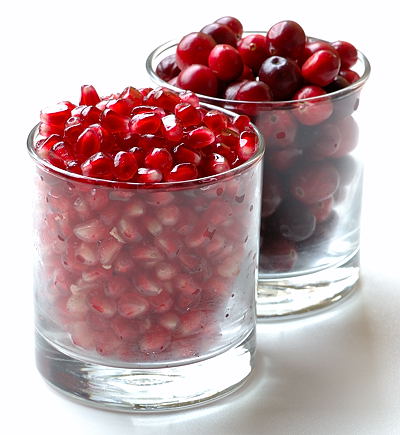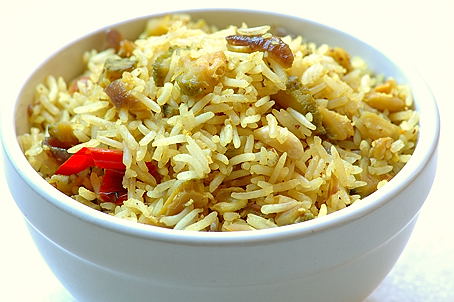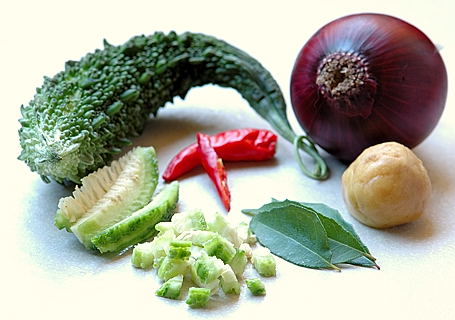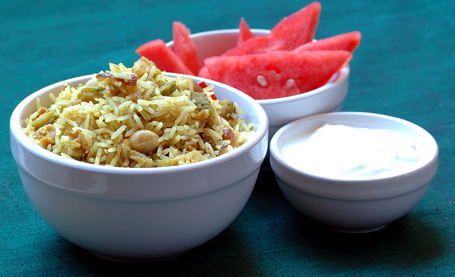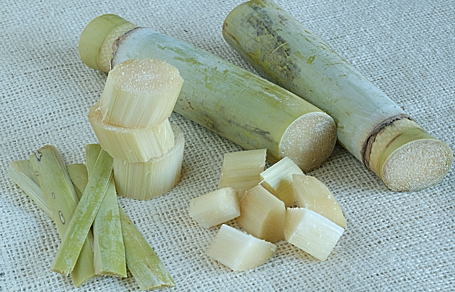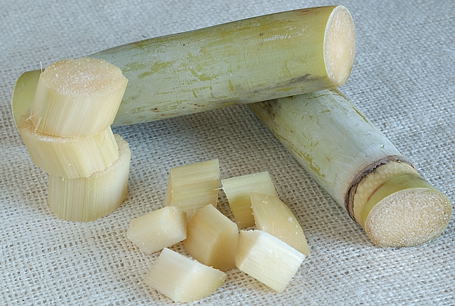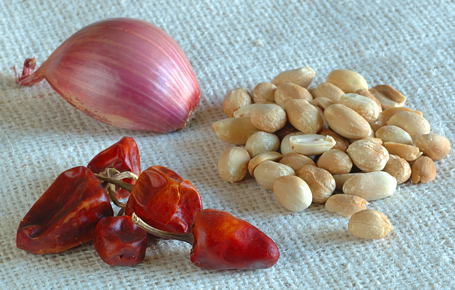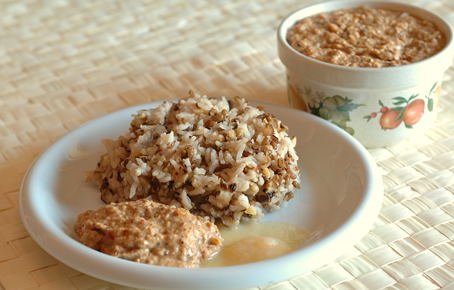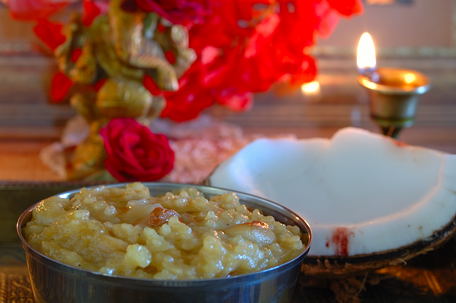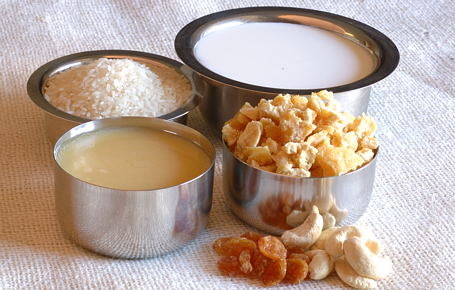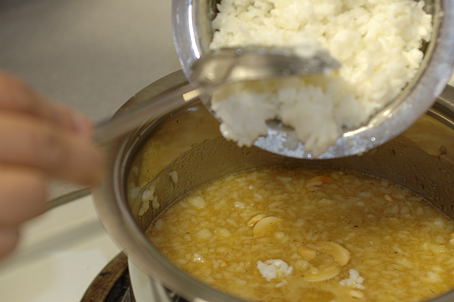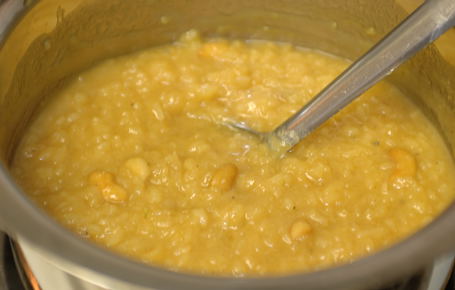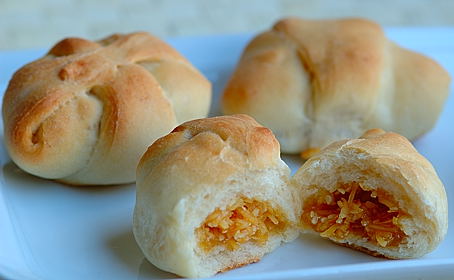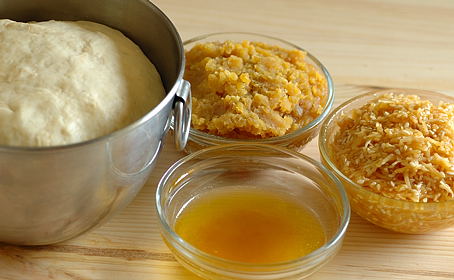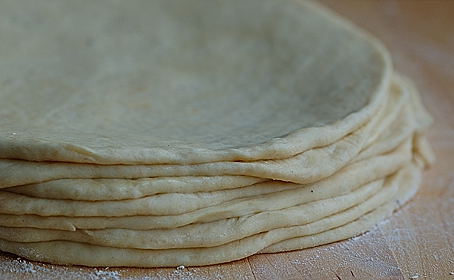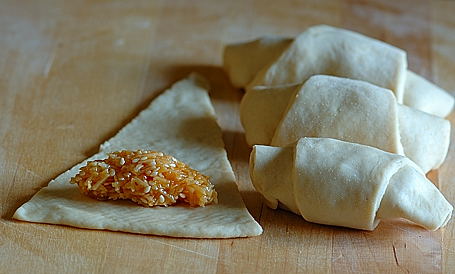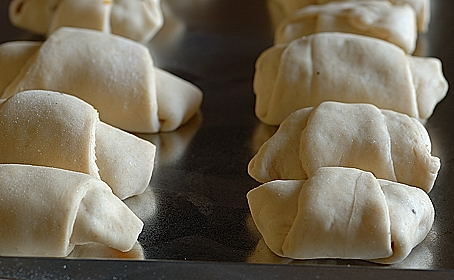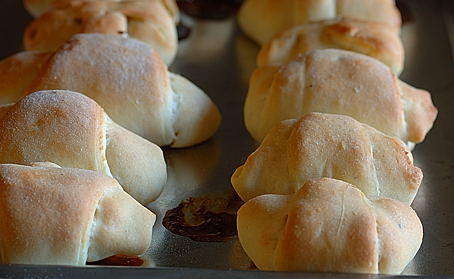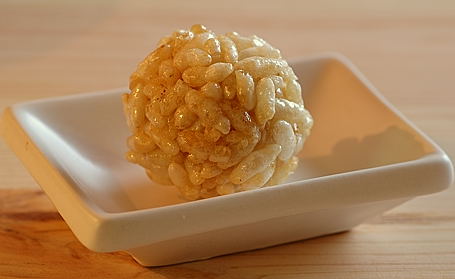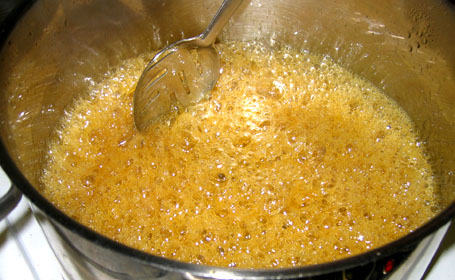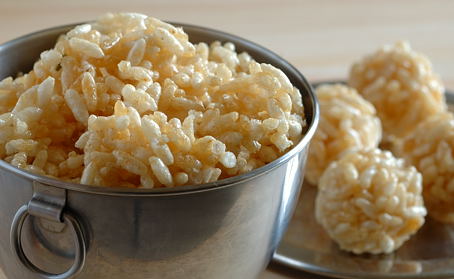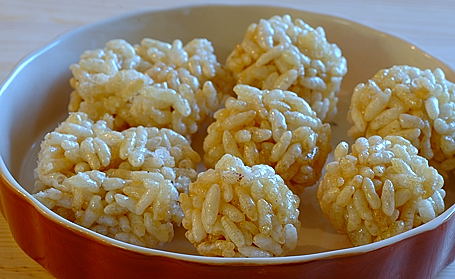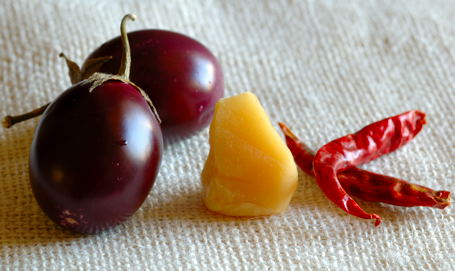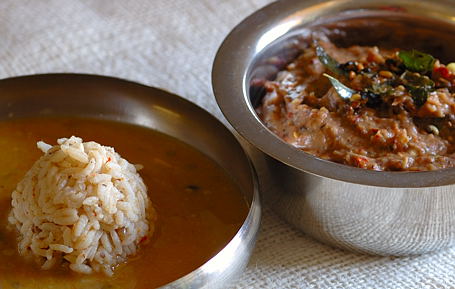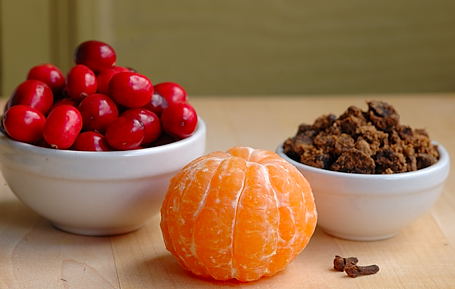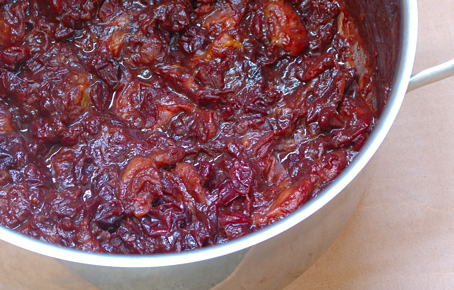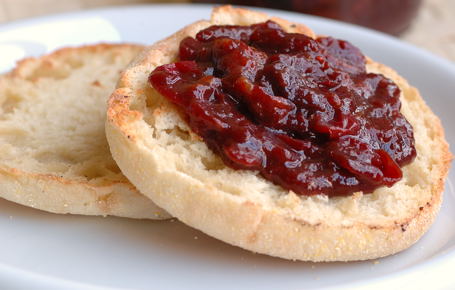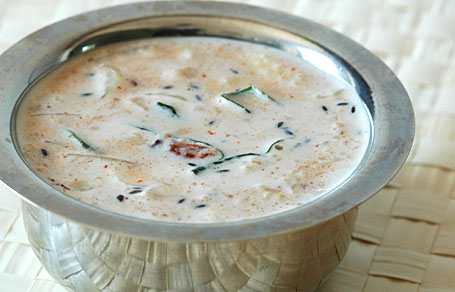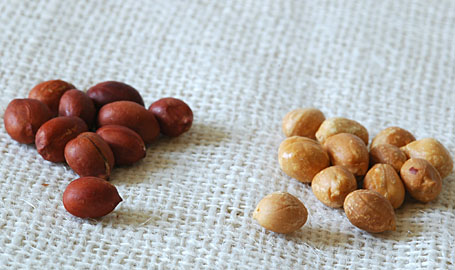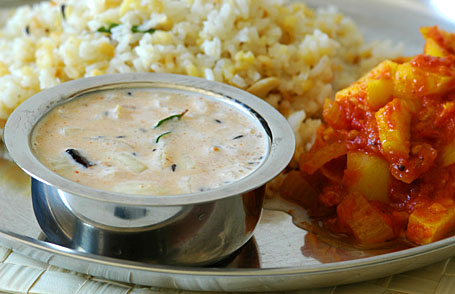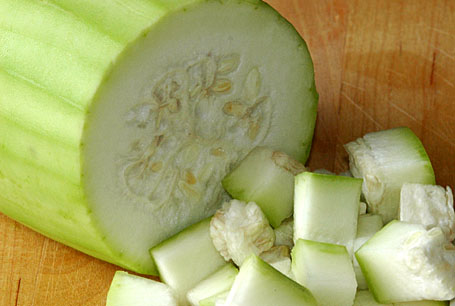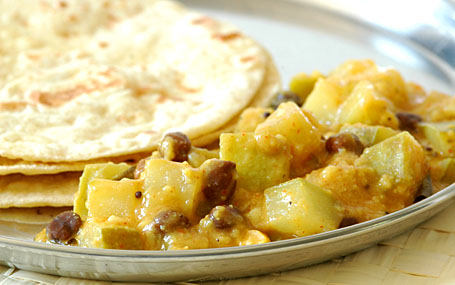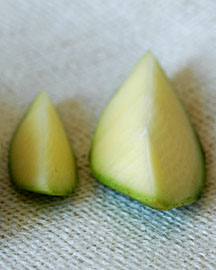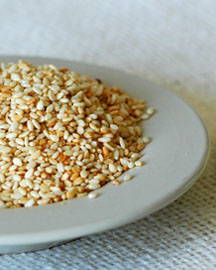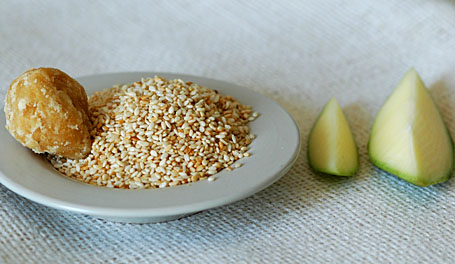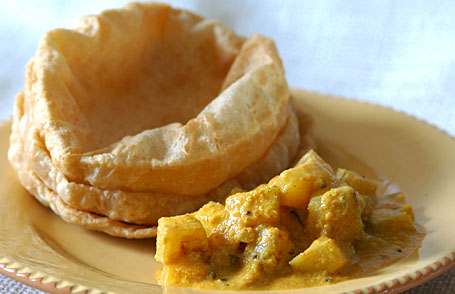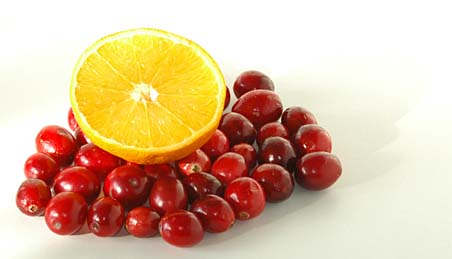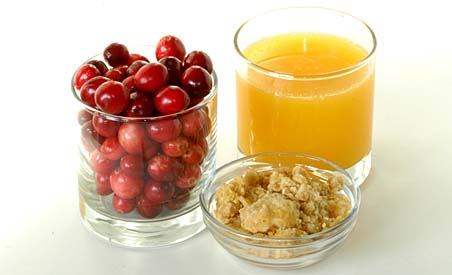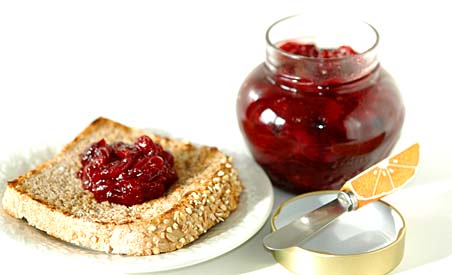(Pumpkin Subzi with Winter Melon from Nandyala)
|
Photo Purchase Keywords: Pumpkin, Subzi (It takes money, time, effort and energy for food photography. Please don’t photosteal. Click on the links and purchase the photos legally to digital download and to print. Thanks.) |
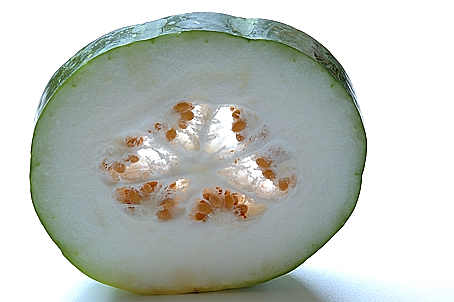
Pumpkin kura sweetened with jaggery is a Sankranthi tradition at Nandyala and in many parts of Andhra, Bharath. Pumpkin is a winter vegetable, and jaggery is made fresh from sugarcane during this season. So on Bhogi, the first day of three day festival Sankranthi, we cook these two together as part of harvest celebration. The pumpkin cubes coated with jaggery-spice mixture glisten like an early morning Sunshine on wintry day in this curry. Usually we serve it with Sajja Rotte (Millet Roti) on Bhogi.
The white fleshed pumpkin is called boodida gummadi in Telugu. Here in US, it is sold as ash gourd or winter melon, often cut into small portions like shown in the image. Winter melon tastes like cucumber, mildly sweet and no smell whatsoever. If this variety is available in your area, do try this recipe. Sweet, aromatic and with ruchi, this curry is a hearwarming wintry delight and a must try for winter-melon fans.
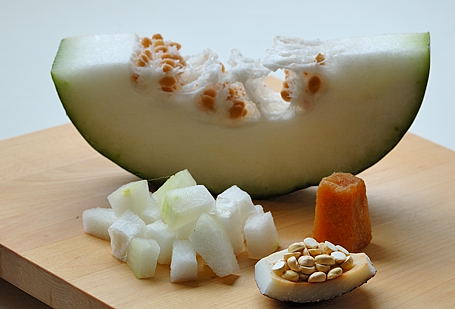
Winter Melon, Coconut, Dalia and Jaggery
Recipe:
(for two, for two meals with roti)
Boodida Gummadi (Winter melon): Peel the skin, remove the seeds and cut the white part to bite-sized cubes : 4 cups
Jaggery-spice Paste:
Dalia (putnala pappulu, Bhuna Chana) – quarter cup
Jaggery, crushed to small pieces – 3 tablespoons
Coconut, fresh or dry, grated – 1 tablespoon
Dried red chilli – 4
Coriander seeds – half teaspoon
Take them all in a mixer, blend to fine consistency.
Kura Preparation:
In a pot, heat a teaspoon of peanut oil. Add and toast a sprig of curry leaves, pinch of cumin and mustard seeds. When mustard seeds start to pop, add the pumpkin cubes. Also the jaggery-spice paste along with a glass of water. Mix. Stir in a pinch of turmeric, and salt to taste. Mix, and simmer, covered for about 15 to 20 minutes, until the pumpkin pieces cook to tender.
Serve the teepi gummadi kura with chapati, sorghum roti or sajja roti. (This curry is not that good with rice.)
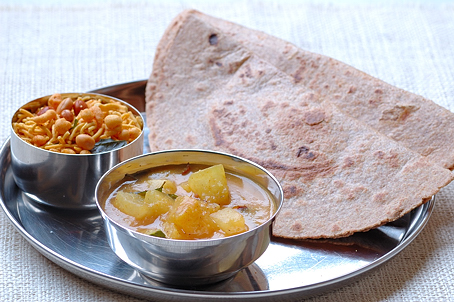
Teepi Gummadi Kura with Roti, and Boondhi Mixture
Recipe Source: Amma, Nandyala
This kura is also prepared with orange pumpkin. The recipe is same except the change in pumpkin.
Kura=Curry, Teepi=Sweet, Gummadi=Pumpkin, Ruchi=Flavor (from Telugu to English)
